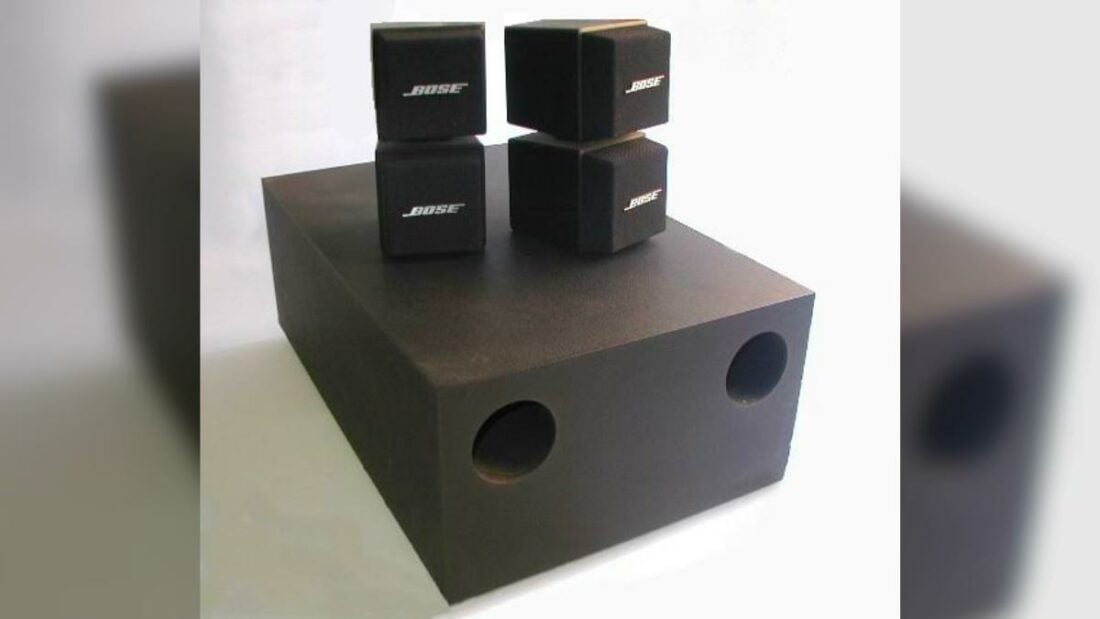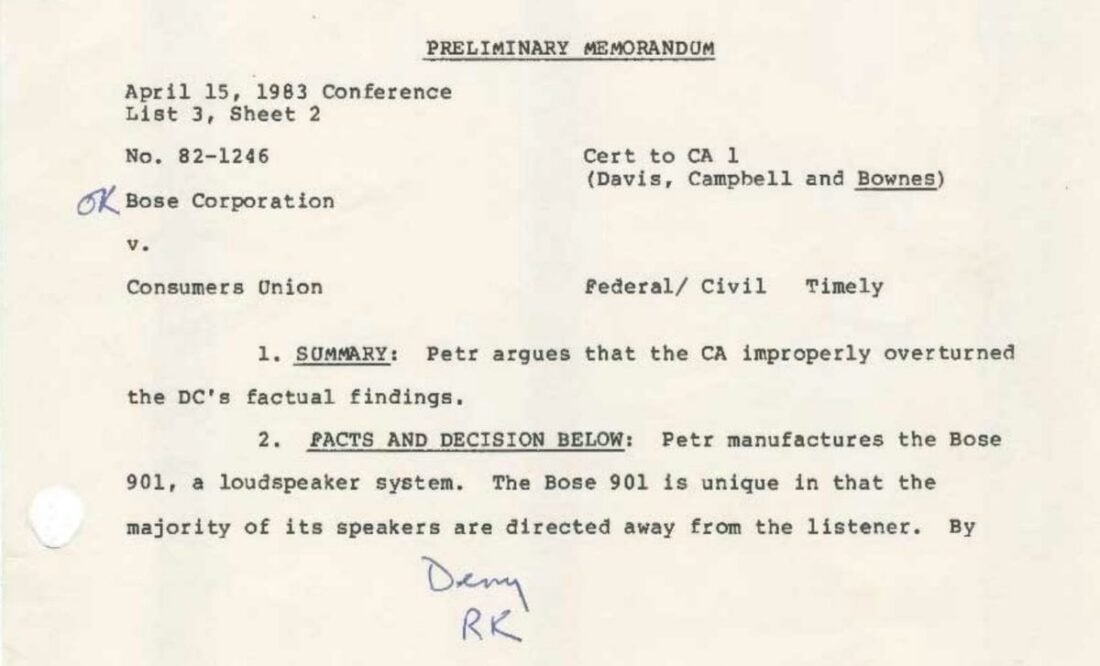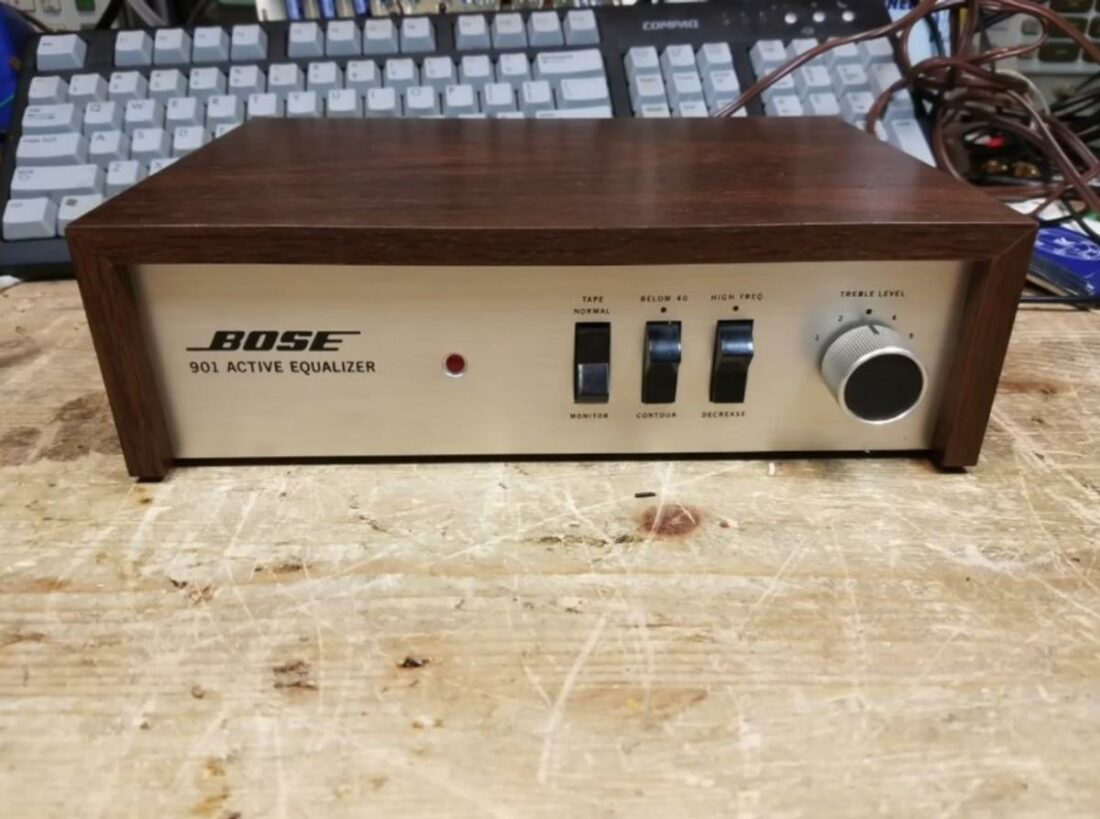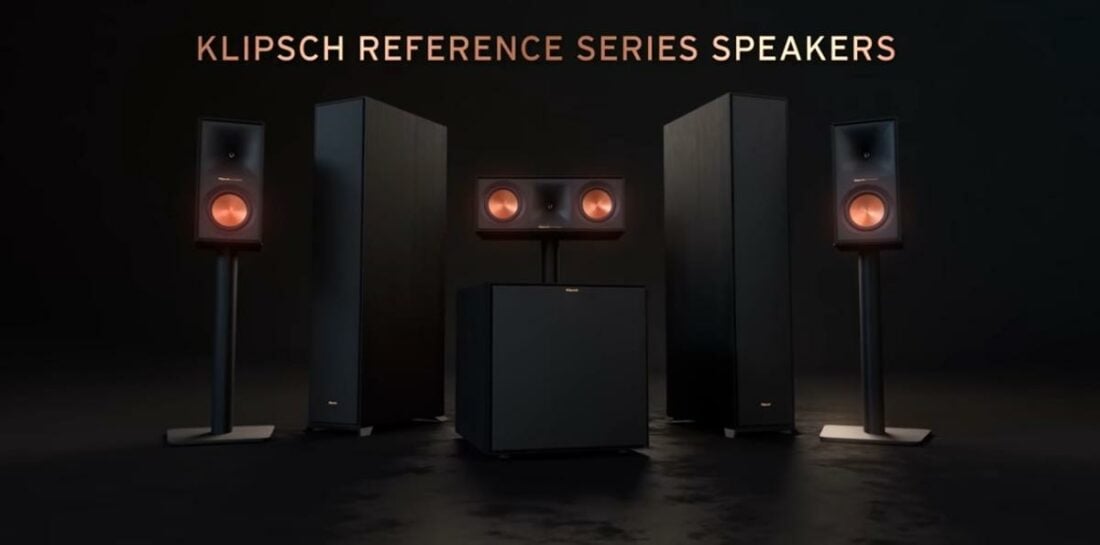The devil is in the details, or in this case, the lack of.
Consumer audio giant Bose is famed for its noise-canceling headphones and sleek audio systems. However, audiophiles don’t usually have this huge brand on their list of their top audio gear choices.
Let’s dive into the key reasons why audiophiles don’t hold Bose in high regard.
1. Their Products Sound Better In-Store Than At Home
Bose faced criticism from audiophiles for showcasing their products in very controlled settings.
They set up their in-store displays in a way that made their audio equipment sound its best. This included using specific content and settings and adjusting the surroundings to play up the strengths of Bose products.

According to Just Audio, Bose always insisted that dealers set aside special spots in their stores for Bose gear. He says this tactic was probably to keep the spotlight on their marketing and lessen the chance of direct comparison with other products.
Gene Dellasala from Audioholics also pointed out that Bose used small, specially set-up rooms for demos. This “bait and switch” demo style artificially enhanced the speakers’ sound quality.
However, it gave a false impression of their actual quality, leaving customers disappointed by the performance at home.
2. They Trade Off Functionality Over Looks
Bose’s Acoustimass series, from the late ’80s to early 2000s, faced criticism for using proprietary parts.
This approach focused more on how the speakers looked and fit into homes instead of the functionality. Unfortunately for Bose, audiophiles who value the ability to customize and upgrade their setups, found this very limiting.

With Bose’s closed system, if you need to fix or upgrade something, you often have to replace the whole system instead of just one part.
“Audio purists, when they put together a sound system, they want to have maximum freedom: the freedom to change, customize, to choose, and to upgrade. So, they’ll be able to pick their own amp, their own speakers, their own cables.” Aaron X Loud and Wireless explained.
“And it’s kind of like building a PC, whereas a Bose product or a sound system is kind of like a Mac, if you think about it. It’s like everything has got to be Bose.”
To address these concerns, Bose offers a trade-in program that provides discounts on a new product for customers looking to upgrade. But, for many audiophiles, this doesn’t compensate for the lack of freedom to modify and improve their systems over time.
3. They Like Legal Wins More Than Audio Wins

Bose’s history of legal battles has also strained its relationship with audiophiles. Many feel the company uses lawsuits to shield itself from criticism instead of using the feedback to improve its products.
The cases include those against Harman, QSC, and Beats over patent infringements. However, Bose’s 1983 lawsuit against Consumer Reports surprised many who depend on such reviews to make informed choices about what to buy.
Audiophiles think Bose’s many lawsuits show it cares more about legal battles than making better products. This approach clashes with the community’s values of technological progress, openness, and fair competition, which are crucial for fostering audio innovation.
4. They Do Too Much Psychoacoustics
Audiophiles criticize Bose for focusing on how adding color to their sound to please the general listeners rather than on the quality of the physical audio components.
Bose uses heavy equalization and digital processing to shape the sound output to align with its own ideal sound profile.
One of the most telling examples of Bose’s unique approach is the Bose 901 speaker. It’s known for using an array of drivers aimed away from the listener. It bounces sound off the walls, relying on the environment to shape the final audio output.

Bose’s strategy relies on external equalizers to improve sound. This shows a preference for tech solutions over premium speaker components. Some critics see this as a form of “cheating” in the pursuit of high-fidelity audio.
5. They Price High But Deliver Low
Thanks to their effective marketing, Bose has crafted an image of being a high-end audiophile brand. This perception has allowed them to profit off buyers who don’t have in-depth knowledge of audio quality benchmarks.
However, according to audiophiles, the price tags attached to Bose products, like the $5,000 Acoustimass systems, don’t reflect their actual performance. Some say there are more affordable yet superior-sounding alternatives available in the market.

“Most audiophiles who tried the Acoustimass systems thought that they sounded pretty okay for their price, but a viable replacement for that bookshelf and floor-standing speakers? Not really. They didn’t quite like the build quality of the Acoustimass systems.” says Aaron X Loud and Wireless.
“For example, the chassis of the base module is built of this very cheap chipboard material, so it both felt and looked cheap. The drivers were made of treated paper, which has its own positive acoustic properties, but felt like a downgrade for people who were already used to more sophisticated driver designs.”
